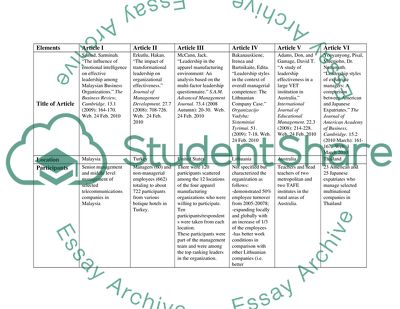Cite this document
(Factors Affecting Leadership Effectiveness Literature review, n.d.)
Factors Affecting Leadership Effectiveness Literature review. https://studentshare.org/human-resources/1733425-understanding-and-intrepreting-research
Factors Affecting Leadership Effectiveness Literature review. https://studentshare.org/human-resources/1733425-understanding-and-intrepreting-research
(Factors Affecting Leadership Effectiveness Literature Review)
Factors Affecting Leadership Effectiveness Literature Review. https://studentshare.org/human-resources/1733425-understanding-and-intrepreting-research.
Factors Affecting Leadership Effectiveness Literature Review. https://studentshare.org/human-resources/1733425-understanding-and-intrepreting-research.
“Factors Affecting Leadership Effectiveness Literature Review”. https://studentshare.org/human-resources/1733425-understanding-and-intrepreting-research.


